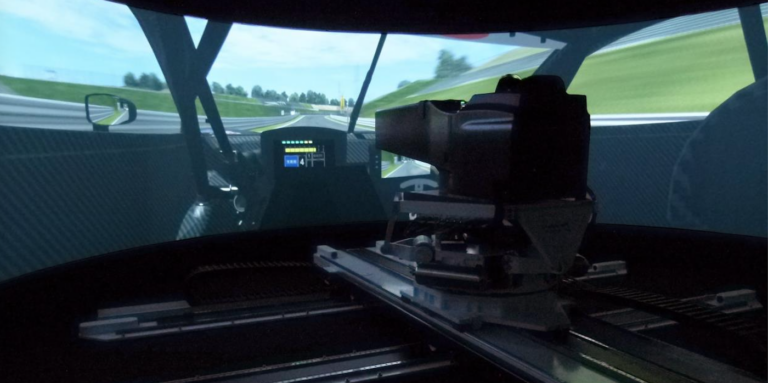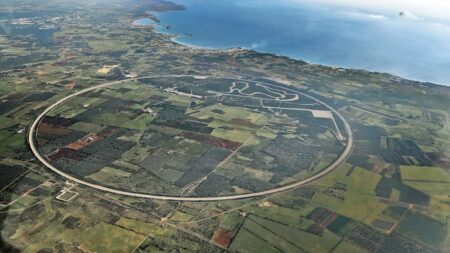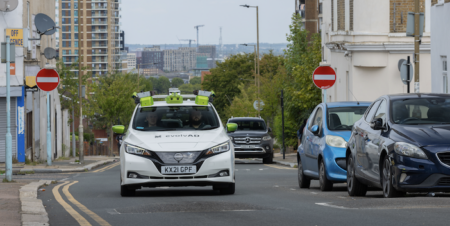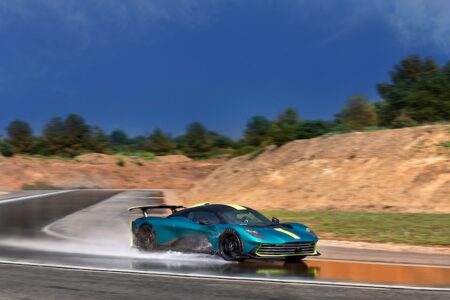Honda R&D has commissioned Ansible Motion to supply its latest Delta S3 DIL simulator technology. The simulator was selected due to its large motion space and dynamic range with six degrees of freedom, and it will be used in the development of future road and race vehicles and their associated technologies at Honda’s Sakura engineering facility in Japan.
This latest order follows on from Honda’s first collaboration with Ansible Motion in 2011, when it became the first customer to commit to the Delta S3 DIL simulator. Honda R&D played a key role in defining the S3’s core specification, encouraging Ansible Motion to further develop the technology to deliver the most responsive dynamic motions and fidelity needed to develop new race cars, powertrains, ride, steering and chassis feel, as well as driver-assistance technologies.
Honda R&D will use the new simulator to test a range of automotive technologies on a single platform, enabling its engineers to experience driving conditions in Sakura, or any circuit or road environment around the world, as well as simulating any weather condition or time of day.
Kazuharu Kidera, chief engineer at Honda R&D in Sakura explained that the simulators “advance our engineers’ understanding, support our young engineers to learn, and allow us to observe in a controlled environment how drivers, from professional motorsport through to everyday consumers, interact with new technologies. Thanks to its open software architecture, we can integrate a variety of vehicle models alongside additional hardware- and software-in-the-loop.”
Honda envisages the broad range of use cases for the S3 Delta simulator will expand. “Other expected applications include understanding tyre wear, circuit acclimatisation and giving drivers and engineers the opportunity to experience scenarios such as new aero setups for our Super GT car, or testing limit handling with and without dynamic stability control systems,” added Kidera.





